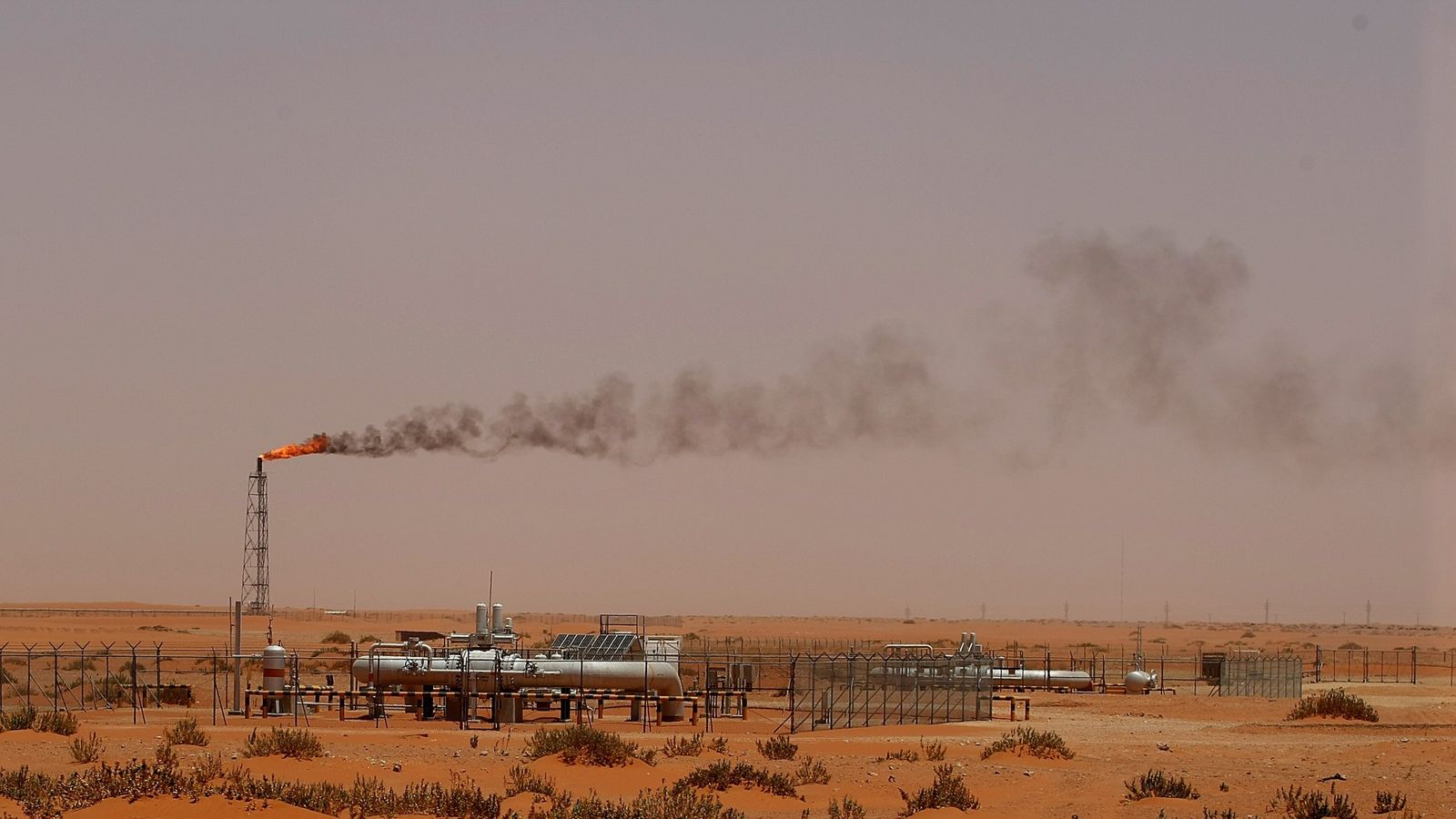Global oil costs have hit their highest level since October 2018 after talks between major oil producing nations aimed at slowly lifting supplies ended in acrimony.
International benchmark Brent crude and US West Texas Intermediate (WTI) crude futures were changing hands above £77 a barrel and $76 a barrel respectively on Tuesday morning – building on gains seen last week when the negotiations began.
They involved the Organisation of the Petroleum Exporting Countries (OPEC) and other major Brent producers, including Russia, who have aligned in recent years to deliver more control to production – and therefore prices – following a series of supply gluts.
After a crash for prices at the start of the COVID-19 pandemic, that saw some costs fall into negative territory for the first time, production curbs were agreed by the so-called OPEC+ countries to help support their oil incomes.
But prices have been rising steadily this year as economies have reopened from pandemic-driven lockdowns.
Demand for oil, therefore, has lifted and so have the prices.
The spurt in energy costs has delivered a major headache for households through raised bills – with fuel costs currently almost hitting eight-year highs – but also central bank policymakers.
That is because surging energy costs have been the main source of inflation which is a potential barrier to economic recoveries.
The failure of the OPEC+ talks, which had partly been about an increase in oil output from next month, helped to drive Brent 1% higher on Tuesday.
The main block to an agreement came from the United Arab Emirates, which rejected a proposed eight-month extension to output curbs that OPEC+ had imposed on each other last year.
They amounted to record output cuts of almost 10 million barrels per day (bpd) – about 10% of world output.
The curbs have been gradually relaxed and stand at about 5.8 million bpd.
The UAE wants the ability to pump more oil and argues its baseline was set too low when OPEC+ originally forged their production pact.






















